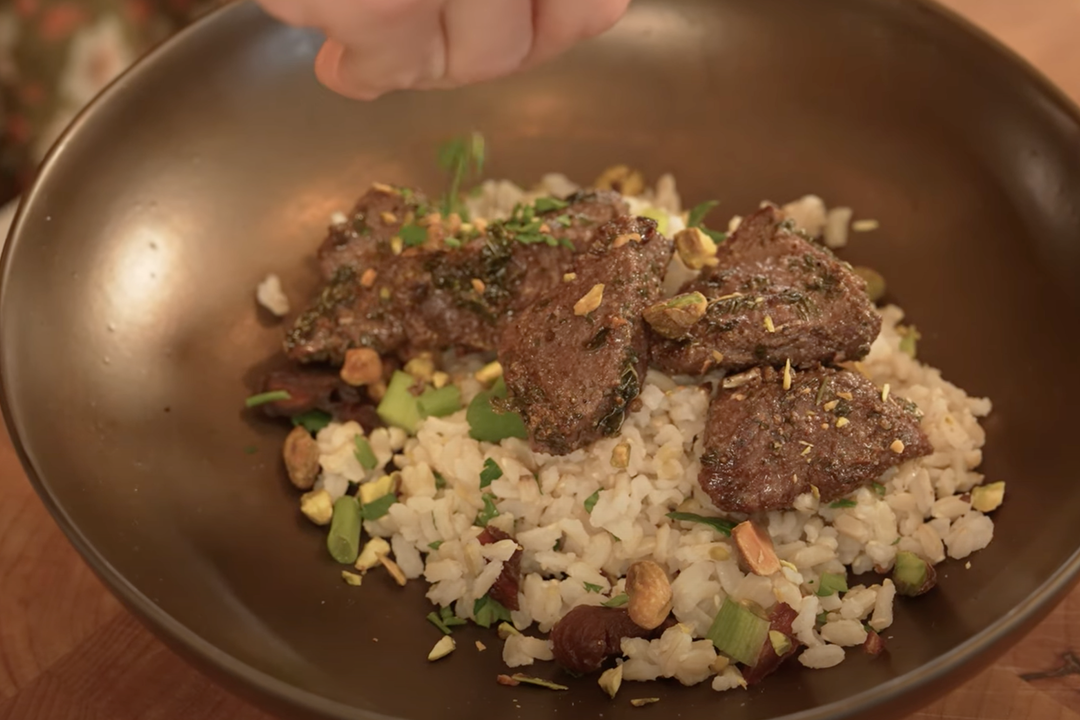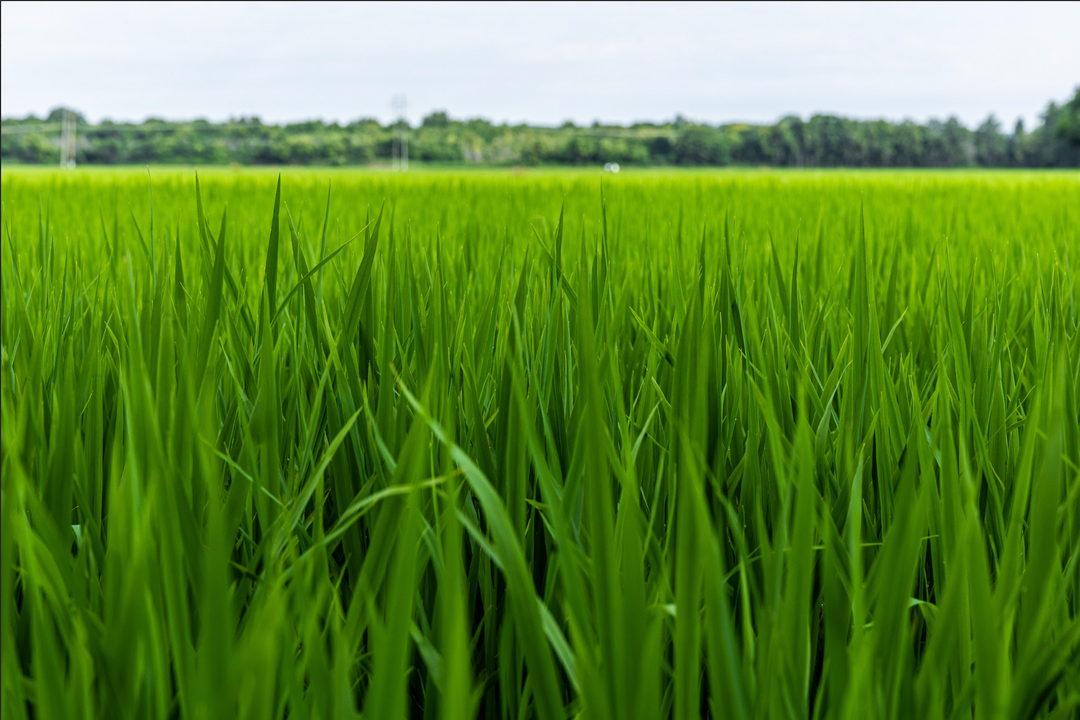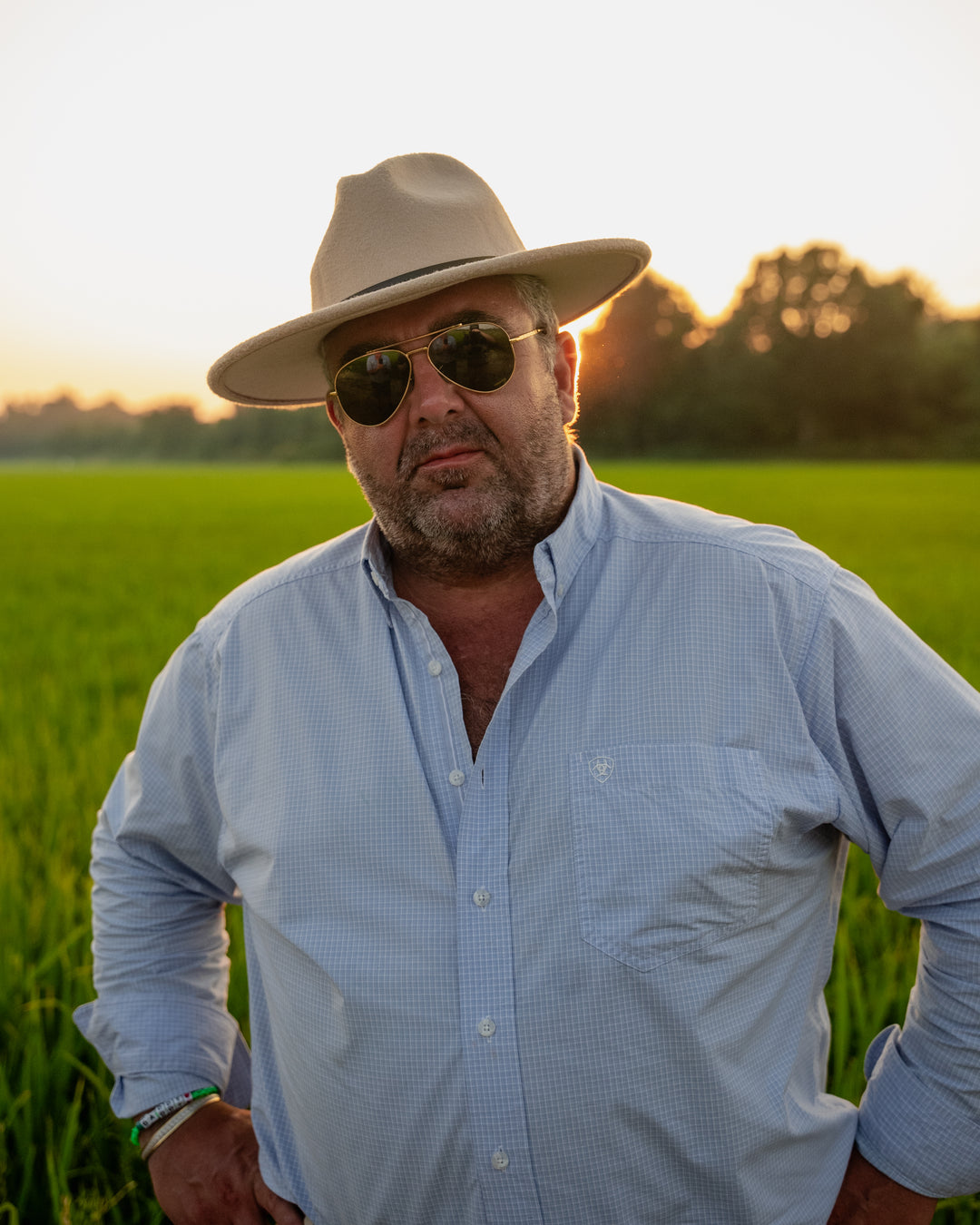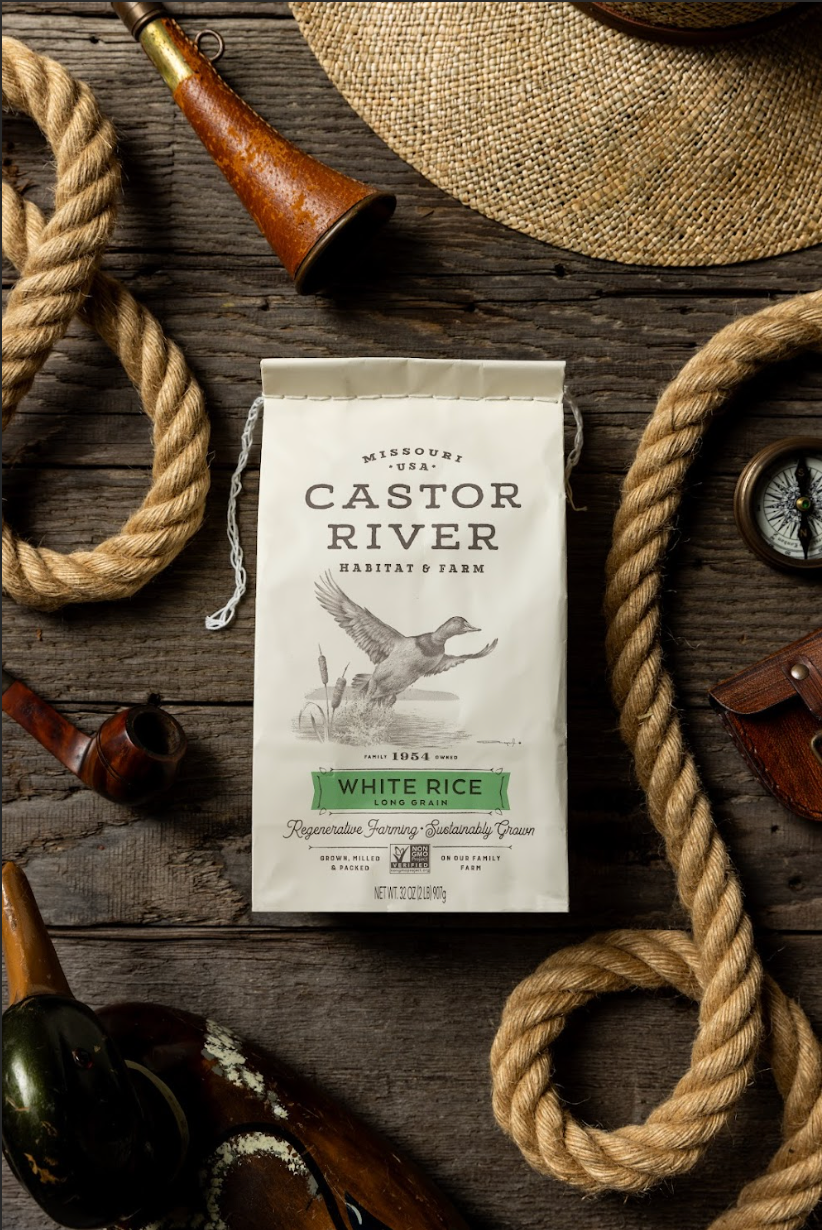What Is Regenerative Agriculture—And Why It’s the Future of Farming

There’s a shift happening in agriculture. You can feel it in the soil, in the markets, and in the way more people are asking where their food comes from—and how it was grown.
For us at Castor River Farms, this isn’t a new trend. It’s the only way forward.
Regenerative agriculture isn’t about doing less harm. It’s about actively healing. It’s a commitment to rebuilding what industrial farming has stripped away: rich, living soil; resilient ecosystems; and a food system rooted in stewardship rather than extraction.
And it’s not hypothetical. It’s happening right now—in fields like ours.
Regeneration Starts in the Soil
Most people don’t think about soil as alive. But it is. Teeming with microbes, fungi, and organisms that feed the plants that feed us.
The problem is, much of modern agriculture treats soil as a medium to control—not an ecosystem to nurture. Decades of tilling, synthetic fertilizers, and chemical sprays have degraded soils across the country. The result? Less nutrition, more runoff, weaker crops, and farmland that’s slowly losing its ability to produce.
That’s where regenerative farming comes in.
At Castor River, we don’t till our fields. We plant cover crops to nourish the land between growing seasons. We use up to 60% less water than conventional rice farms by paying attention to our field dynamics. And we don’t use fungicides or insecticides—because if the soil is healthy, it doesn’t need them.
These aren’t marketing claims. They’re daily decisions—backed by science, verified by Regenified™ Tier 3 Certification, and driven by a belief that farming should give back more than it takes.
Why It Matters
Because how we grow food shapes more than just dinner—it shapes ecosystems, rural economies, and the health of future generations.
Regenerative rice farming isn’t just better for the land. It produces rice that’s richer in nutrients, grown without chemical shortcuts, and sourced directly from farms that are doing the work. That’s what more institutions, chefs, and families are asking for: food with integrity.
As climate pressures mount and soil degradation accelerates, the question isn’t whether we should change how we farm—it’s whether we’ll act in time. Regenerative agriculture offers a roadmap. Not just to sustainability, but to resilience. To rebuilding. To doing better.
The Future Starts in the Field
We believe farming has the power to repair what’s been broken. And we’re not alone. Regeneration is becoming a movement. From small farms to universities to national brands. Because the future of farming isn’t about doing more, it’s about doing it right.
See what real regenerative farming looks like.









